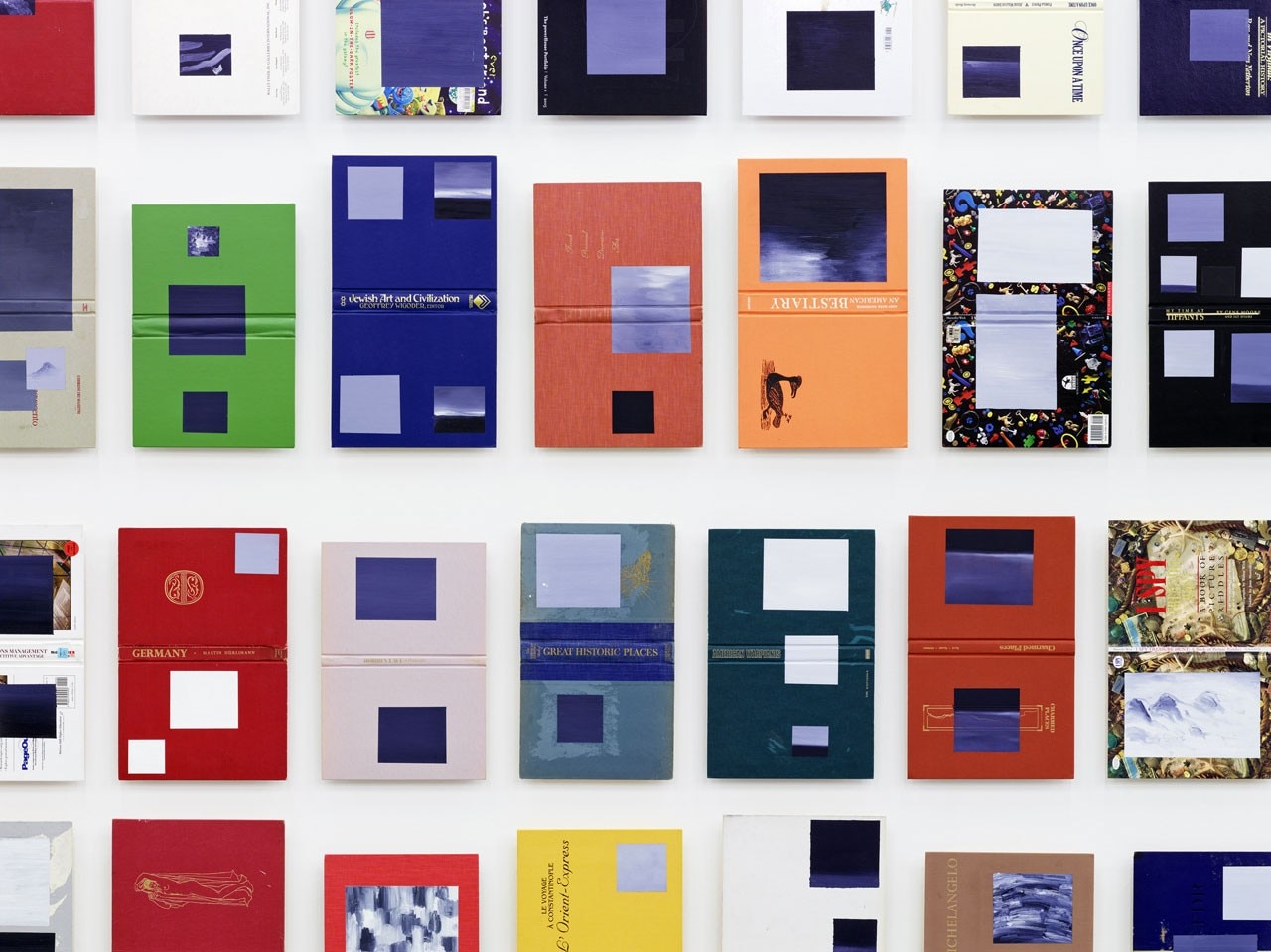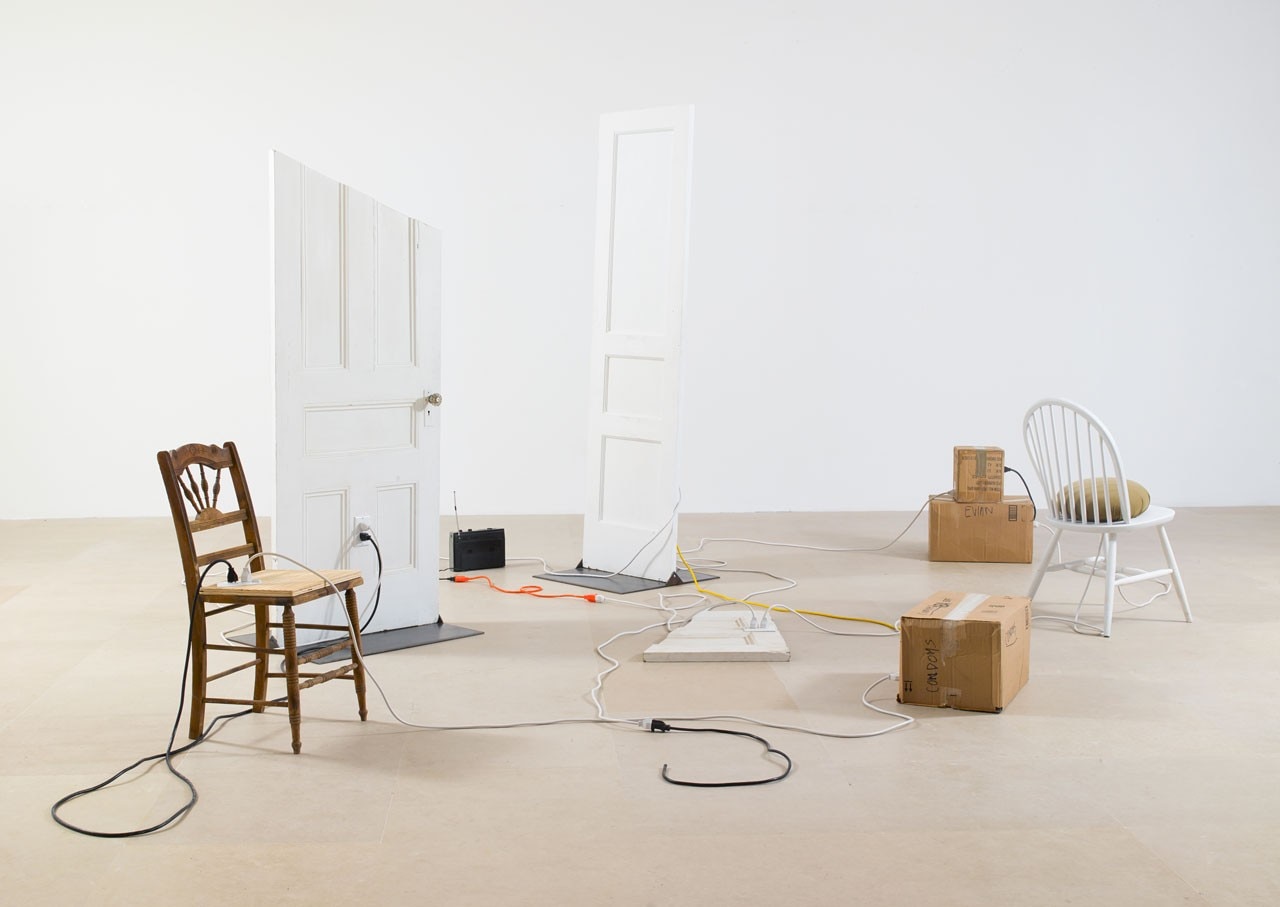
Tommaso Speretta: Why did you choose Athens, after your show at the Schaulager museum in Basel, as the next site for making research for future projects?
Paul Chan: I wanted to see for myself the sites I have been thinking about during my time in Basel. I went to Aristotle’s Lyceum. I visited the Agora where Socrates, and later on, Zeno taught. I visited the neighbourhood where archaeologists believe that Epicurus’s garden was located, which was somewhere between the Agora and Plato’s academy. Lastly I ended up where Plato’s academy was, which is now a modest park.
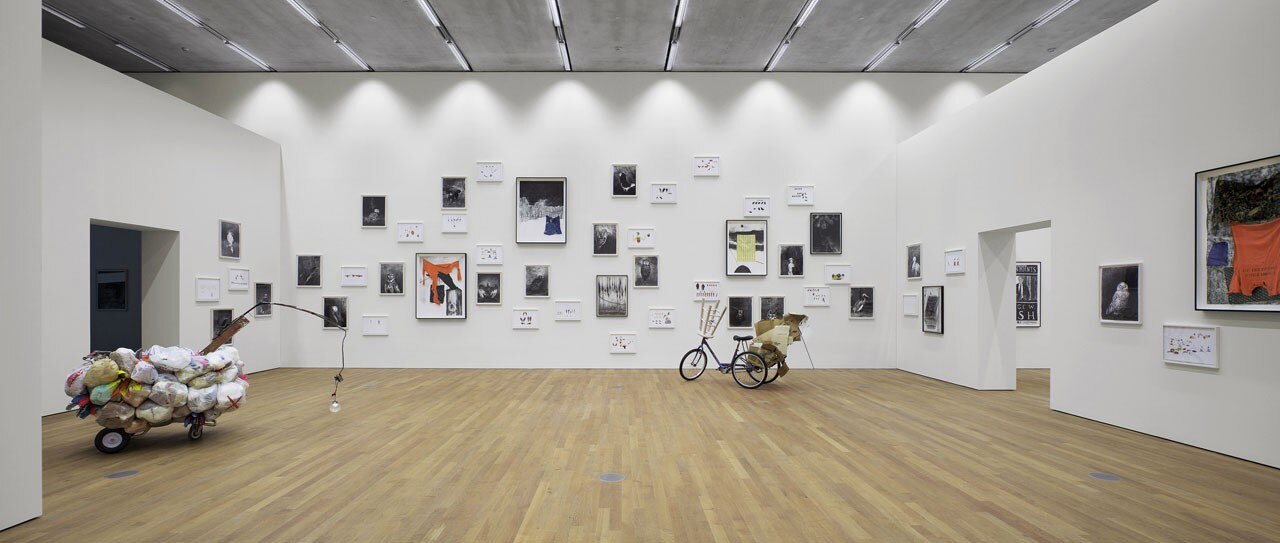
Tommaso Speretta: The sites you’ve visited are mostly related to the ancient tradition of the Greek schools of philosophy. Why?
Paul Chan: The Greek schools played a large part in my thinking about what eventually became my show at the Schaulager in Basel.

Tommaso Speretta: Where does this philosophical under-layer come from then?
Paul Chan: The city itself, initially. When I was invited to do the show four and a half years ago I, perhaps like most people in contemporary art, only knew Basel through of Art Basel. Later I found out that Nietzsche had taught at the University of Basel, from 1869 until 1879. It was in Basel where he fell in and out of love of art because it was there where he fell in and out of love of Wagner. Nietzsche’s understanding of art changed over the course of his time in Basel. I was never close to Nietzsche but the stories of his time in Basel were interesting to me. So as usual my curiosity led me astray, and toward his early philosophical and philological work, and to the Greeks. Nietzsche was a formidable philologist.
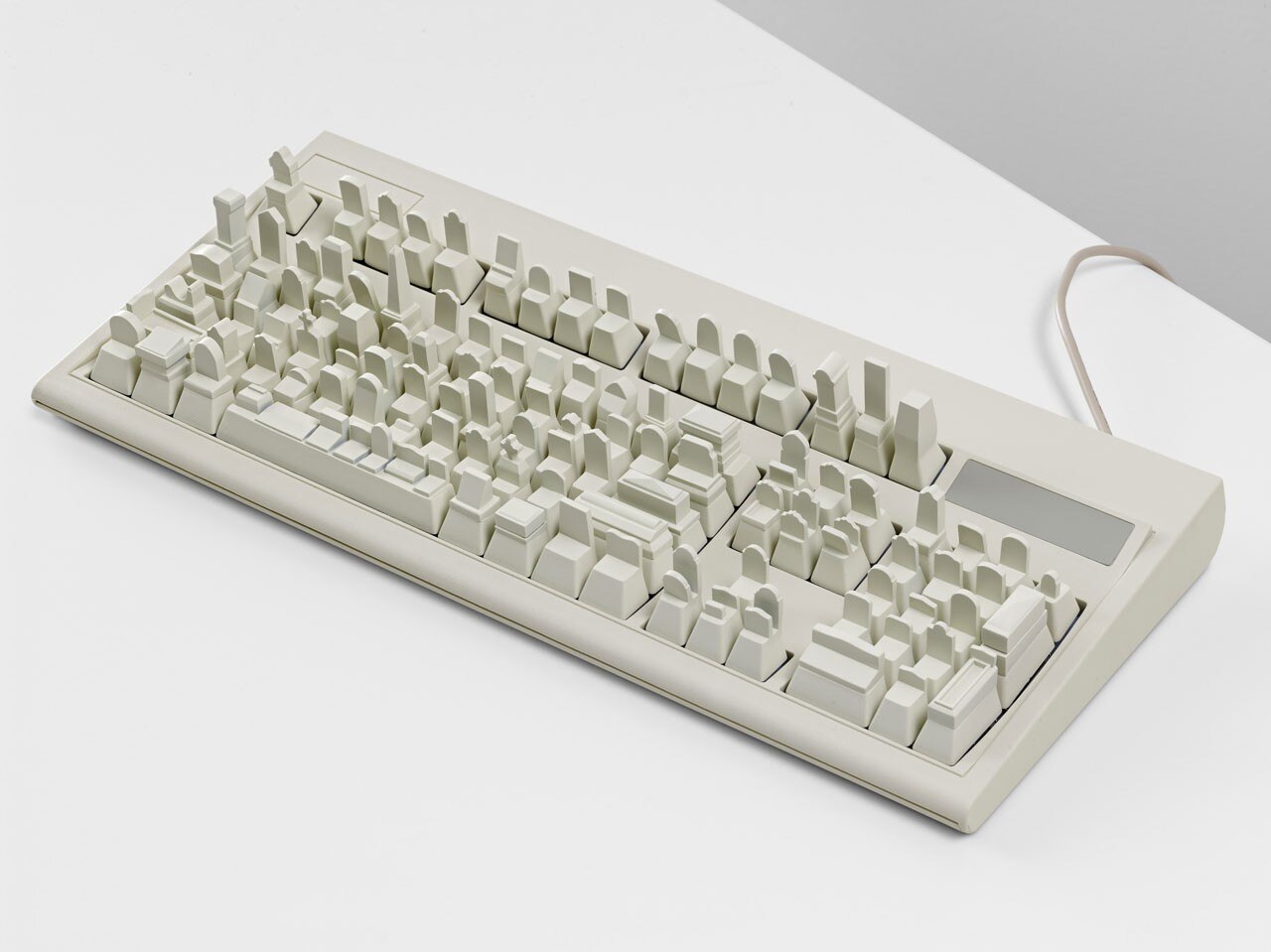
Tommaso Speretta: How did you from art arrive to approach philosophy? How was philosophy helpful for you to create and give shape to your work as artist?
Paul Chan: Philosophy came first. I never studied philosophy professionally and academically. When I was young, at the age of 10 or 11, I asked the same questions everyone else did, and those questions essentially are: Why am I so ugly? Why do people laugh at me? Will I always feel alone? Does anyone really know me? How will I know myself? What am I supposed to do? Does anyone love me? Will I ever know my place in the world? These are very basic and childish questions. And at that age I was looking for answers, from anyone – parents, friends, teachers, and sometimes books. Now there are many kinds of books that a young person can read. I just happened to have picked up philosophy books. I read philosophy as if they were self-help books. I honestly thought Spinoza would tell me how to live better. That’s why I read his Ethics. I read Voltaire thinking that he would teach me how to be more sociable and courageous. Ridiculous, isn’t it?
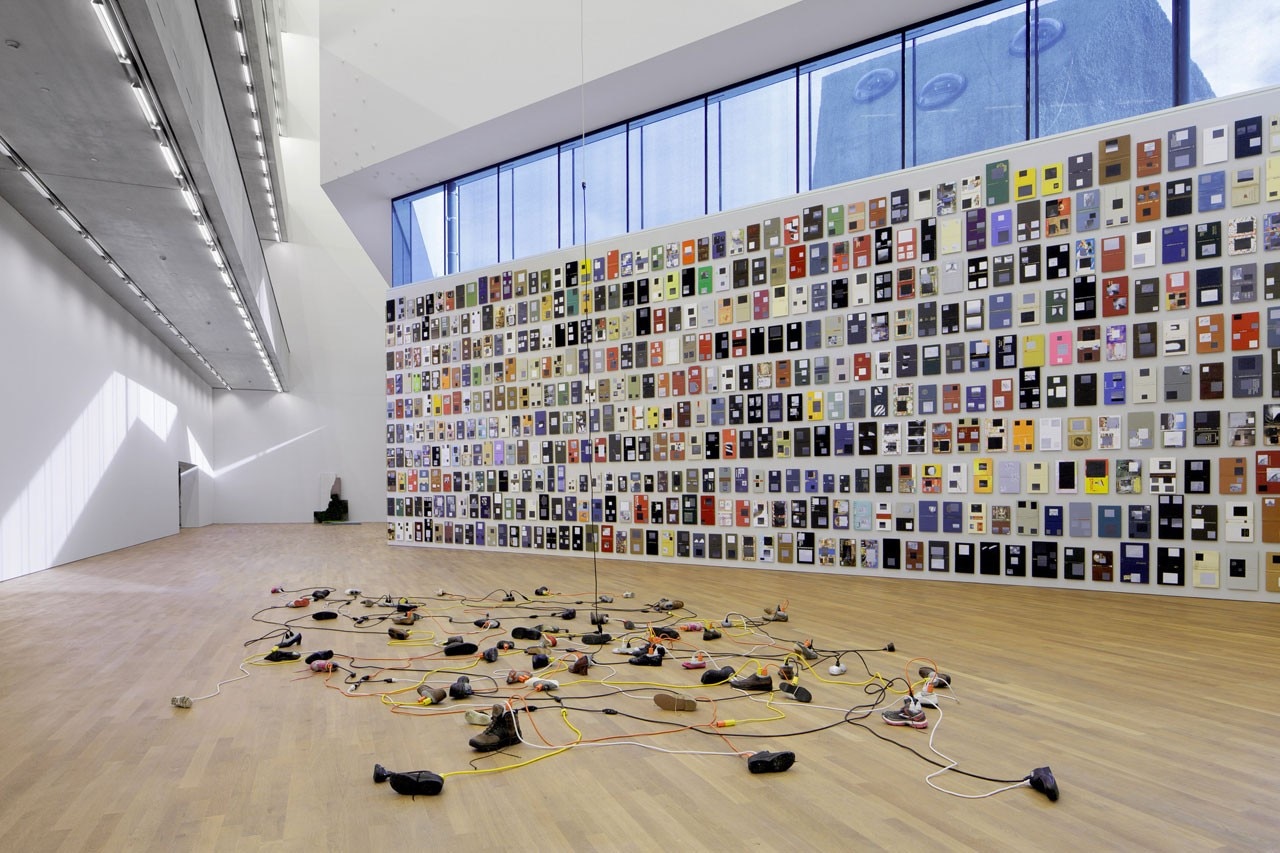
Tommaso Speretta: What was your first philosophy book?
Paul Chan: Will Durant’s The Story of Philosophy. It was through this one book that I started reading others. That’s the beauty of books – if you read one book it will lead to others. So the way that Will Durant described Voltaire made me want to read Candide, the way that he described and was impressed by Spinoza made me want to read Ethics.
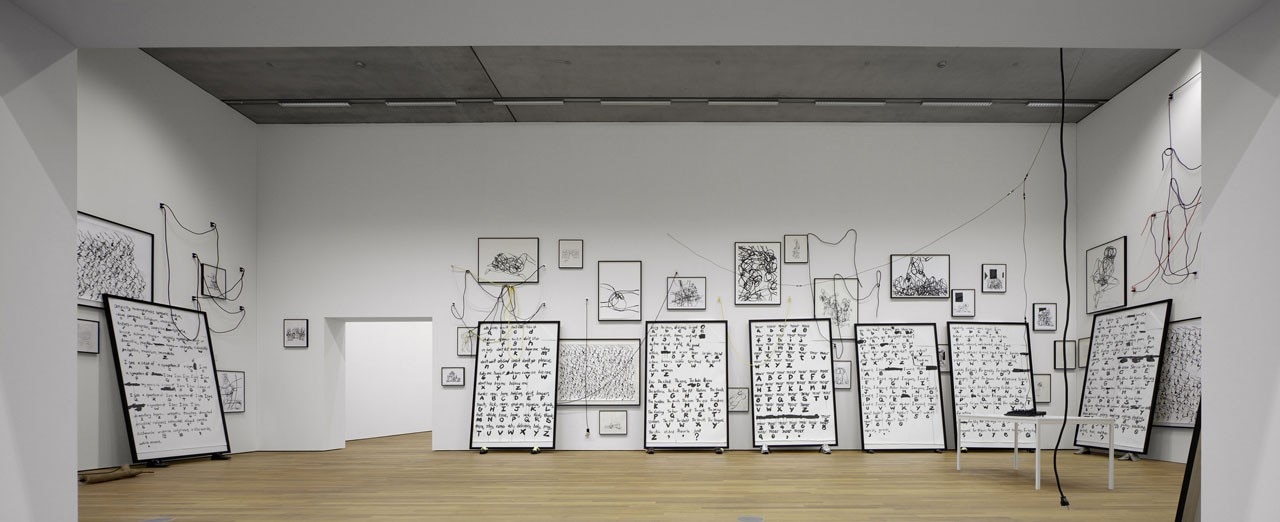
Tommaso Speretta: Is this the reason why in 2010 you started your own publishing company, “Badlands Unlimited” – to continue your research for answers to your questions?
Paul Chan: I’ve wanted to publish books for a long time, but particular kinds of books – books that I used to read as a kid and those are books that tell you how to live; that, at least, evoke the idea that a book is the exemplary form for understanding how to live, for better and for worse. I call it the “Montaigne principle of publishing”.
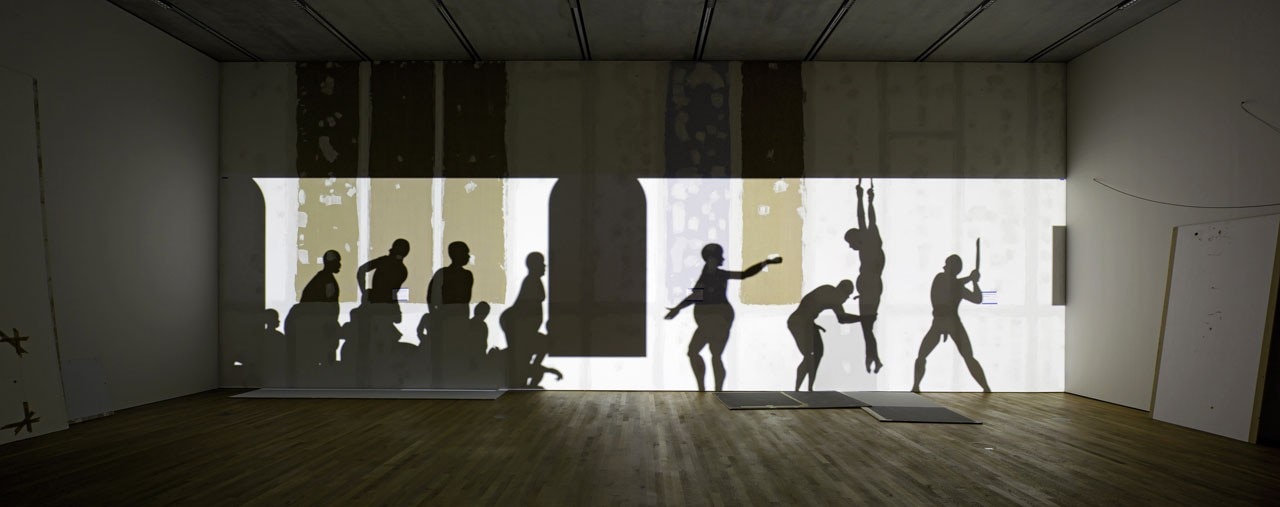
Tommaso Speretta: Apart from reading your write a lot, since many years. The Selected Writings book, published on the occasion of your show at the Schaulager, testifies your extensive activity as a writer. What are you looking for when you write?
Paul Chan: For something to read. I am really pleased with the exhibition in Basel. The fact that it exists is a testament to Schaulager’s commitment to their willingness to take risks with a dubious artist like me. But in many ways it is Selected Writings that I think of most fondly. It is just one book in an ocean of other books. And it took an impossible amount of work. But it was worth it.
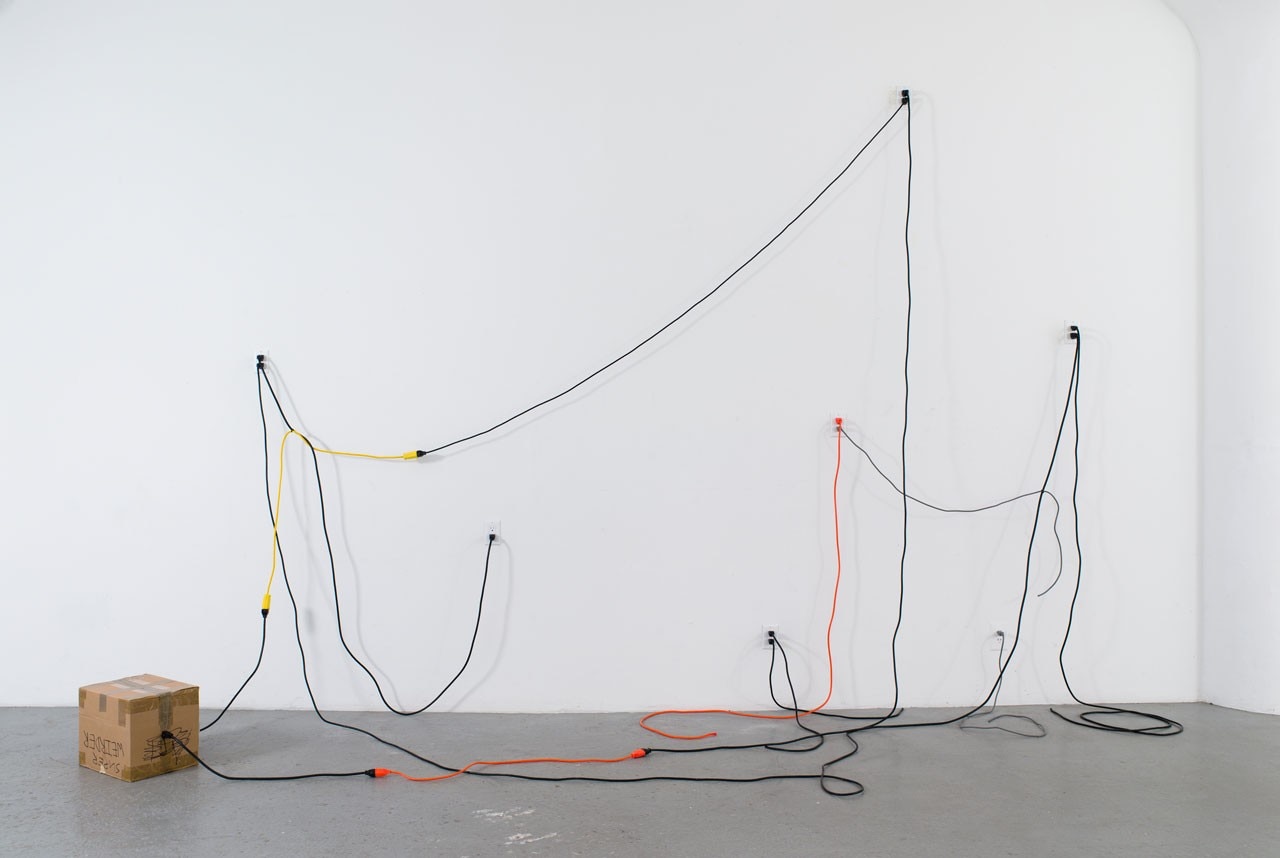
Tommaso Speretta: Are these writings somehow inspired by your “philosophical attitude”?
Paul Chan: I am not at all sure if I have a “philosophical attitude”.
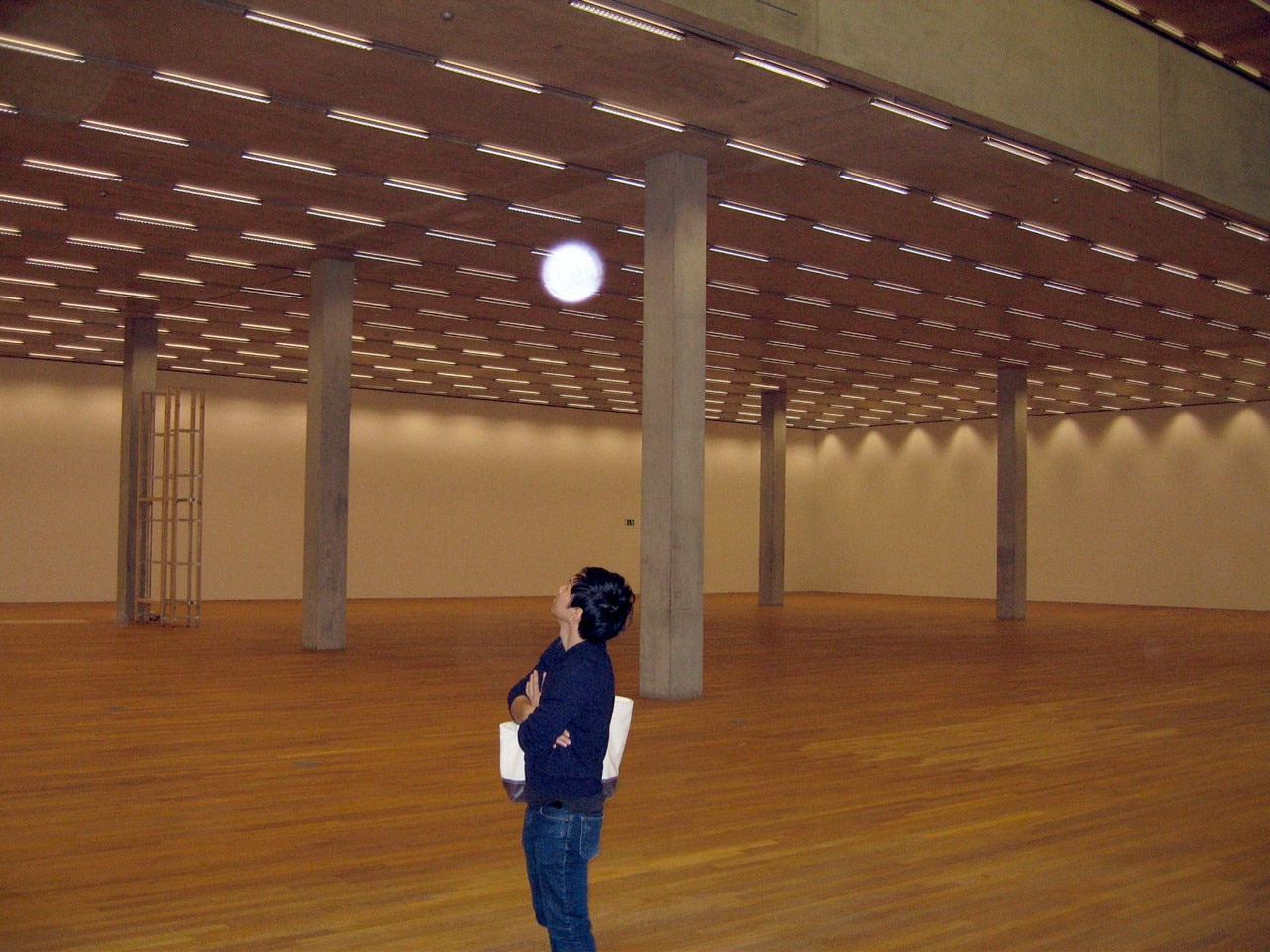
Tommaso Speretta: In another occasion, you said to me about your intellectual consideration for the Italian philosopher Giorgio Agamben? How and when did you first encounter his writings?
Paul Chan: It was through Homo Sacer. During that time in the US George Bush was president and we were going through the second Gulf War invasion. The air we breathed was thick with the fog of war and religiosity. And Agamben, among contemporary philosophers, has tackled religion in a way I thought was particularly illuminating. His understanding of religious history—in particular of Christianity—and its relationship with other religions and how religion in general becomes infused other fields of thought was and continues to be very insightful. It was probably the most useful for me as a young activist at the time. Over the years my interest in his work has only deepened. In fact, I became a seminary student for a year and half in New York at Union Seminary. And that was in part as a result of Agamben’s writings. Others too, like Badiou and Taubes. But Agamben was key.
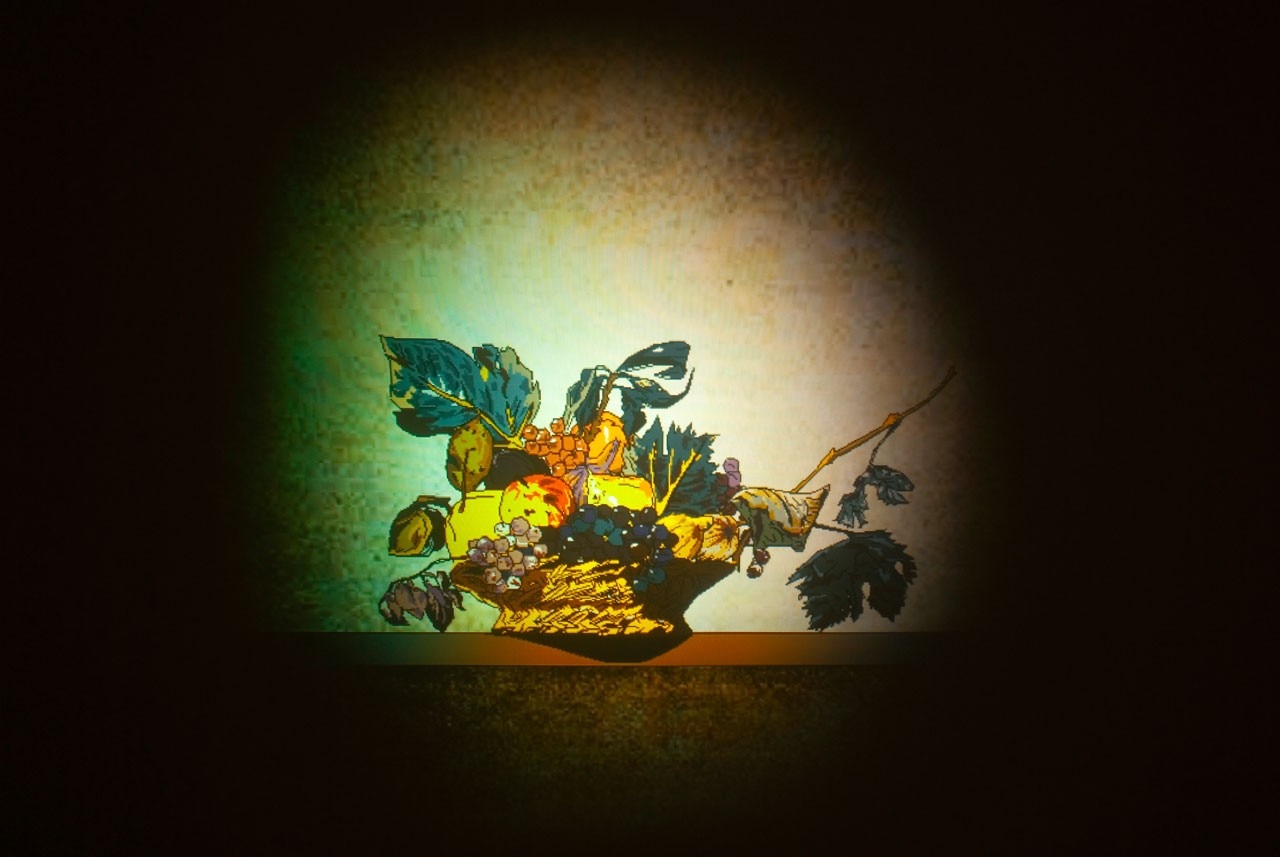
Tommaso Speretta: Were seminarians actually aware or not of Agamben and Badiou’s research and thoughts?
Paul Chan: Yes, they were. I knew before I came into the picture, that they were aware. But it’s a seminary, so at the end of the day they can only go so far with thinkers like Agamben. This is perhaps because the seminarians by in large believe in God. I don’t know whether Agamben or Badiou believe, but my colleagues at Union understood religious ideas first and foremost being grounded by faith. I will never forget the last class when we all had to do presentations, and after my presentation there was one guy who was studying to be a pastor who asked me, “Paul, I enjoyed your presentation but I have to ask you something. I get the idea that you don’t believe in God. Is that true?”
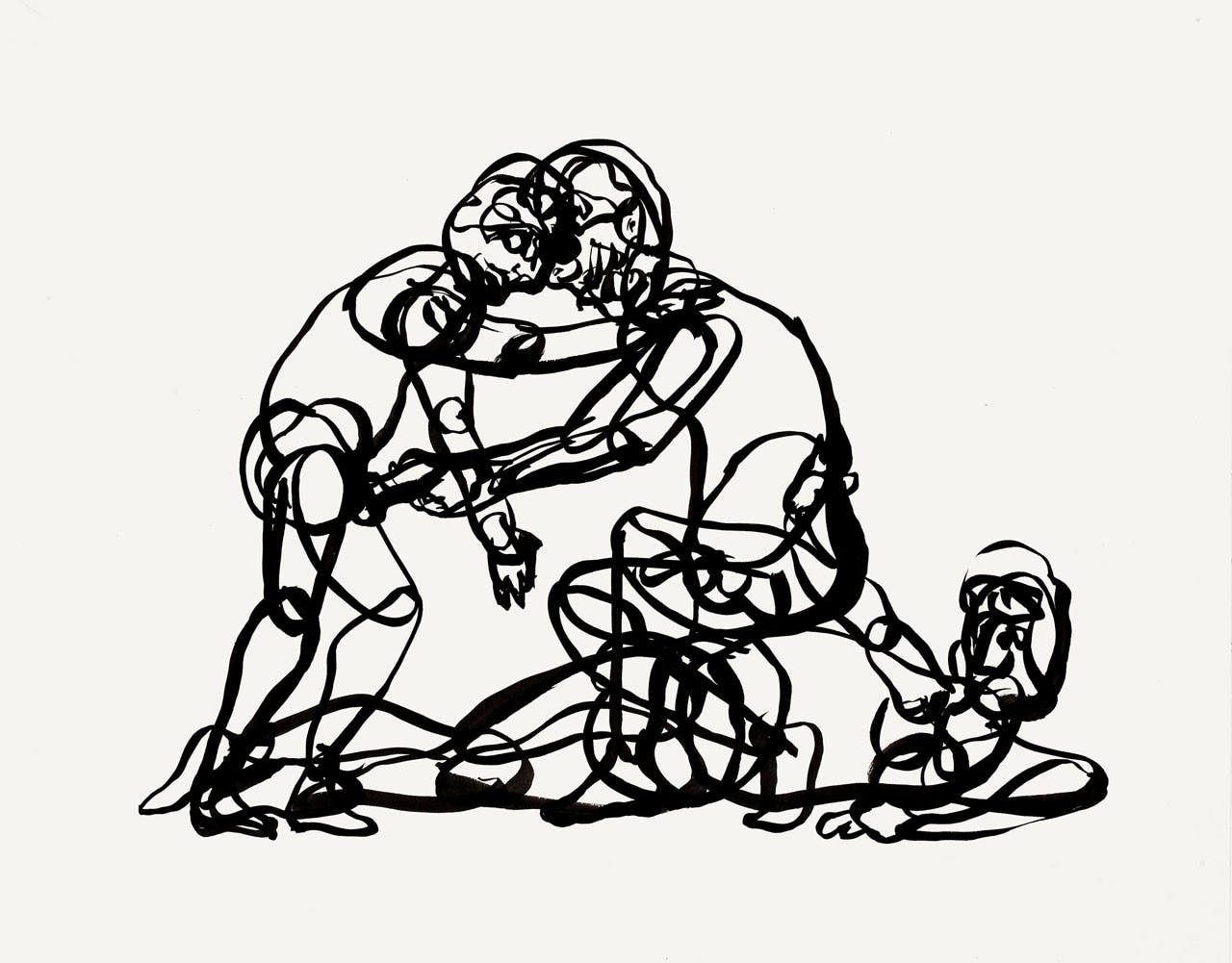
Tommaso Speretta: How did your political activism, especially in Iraq, influence your art, or is it something you tend to keep separate from your practice as an artist?
Paul Chan: Whether or not my experience in Iraq directly fed into what I eventually made I can’t directly say that. What I do know that going to Iraq and making work are both purposeful activities. They may have different purposes and because of this there may be different conceptions of how they should be done, and a different understanding of what it means to succeed or fail in those activities.
Tommaso Speretta: What I understand then is that you finally do not see your political activism under the light of your artistic practice.
Paul Chan: I can tell you that my political work was certainly not practiced as a form of art making. And if it was, it would have been even more amateurish and primitive than it actually was.
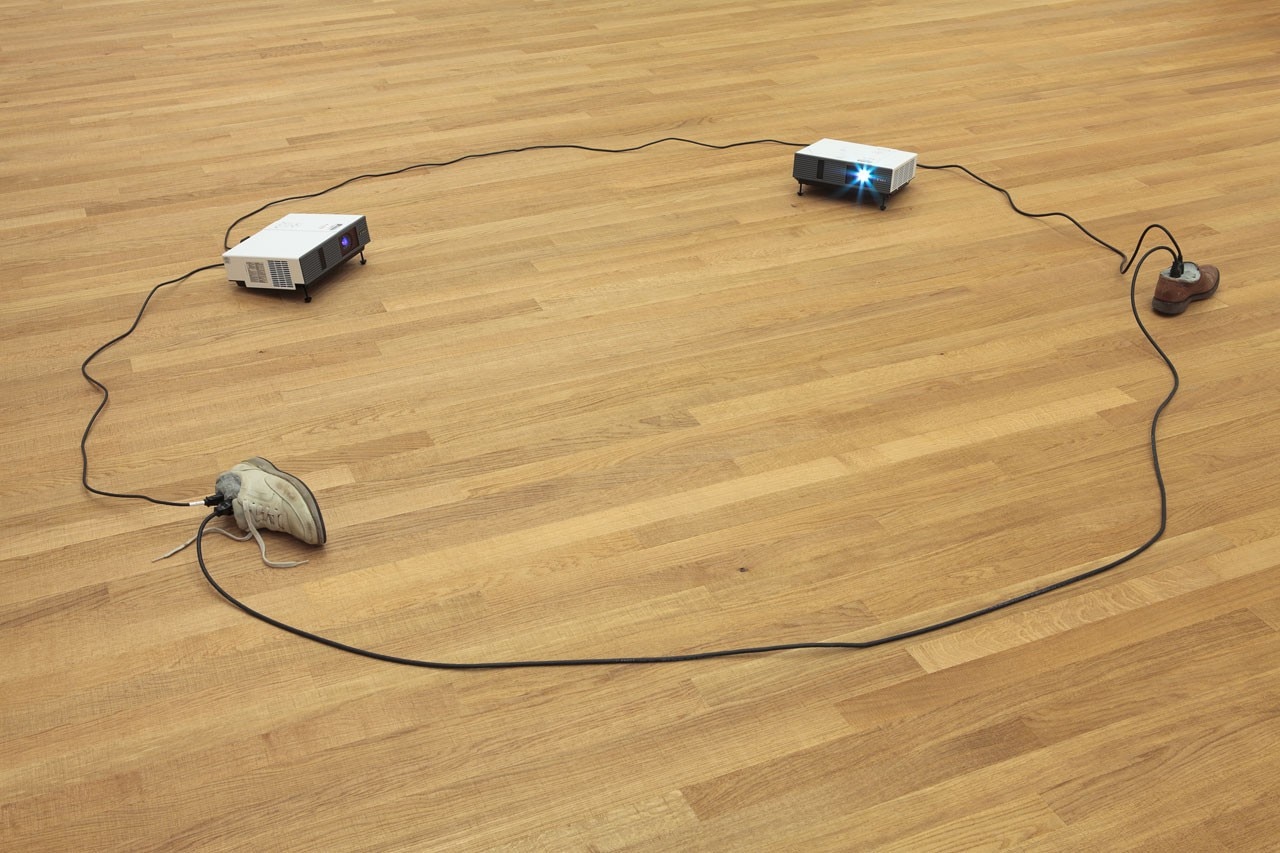
Tommaso Speretta: But do you think political activism can be conceived in relation to art?
Paul Chan: I have a very narrow view of activist work and it comes from my particular experience in doing working in Iraq and other places. It is very simply that the purpose is to organize people. That’s it. Everything else is secondary. All the work stands or fails against this metric.
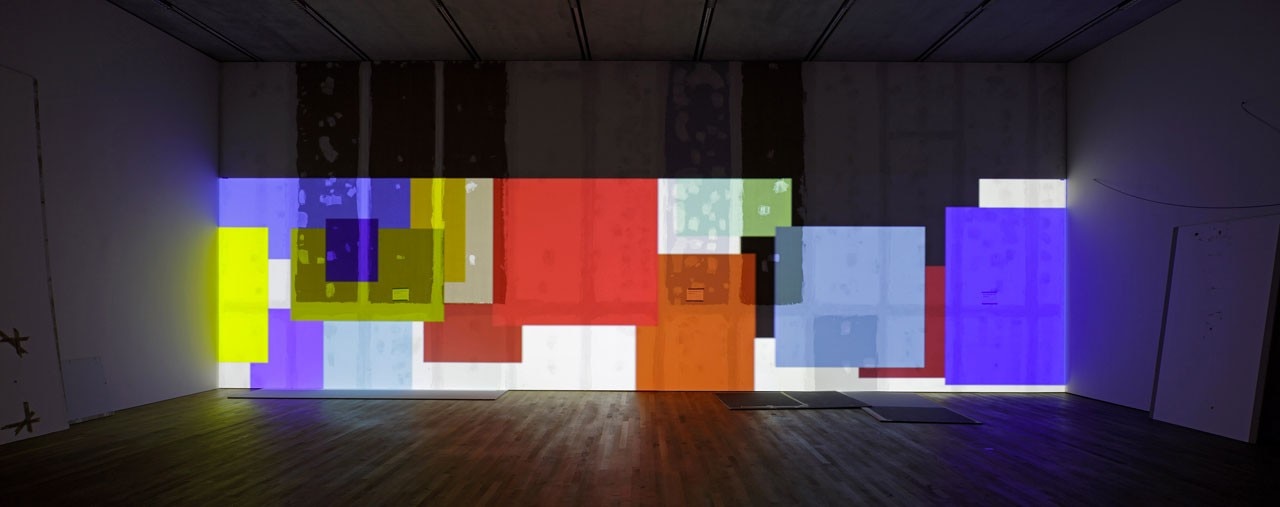
Tommaso Speretta: If it’s all about organizing, what do you think is the most effective way to organize people?
Tommaso Speretta: There are many ways to organize. My experience is that media organizing is not that effective and that interpersonal organizing is much more substantial but much slower. The people I went to Iraq with – a small group, very dedicated to a particular kind of organizing – went family to family in Baghdad, person to person, door to door. They didn’t’ have any sort of visual sophistication, like perhaps Gran Fury or ACT UP.
It was a kind of organizing that was rooted in talking and listening and was sometimes painfully slow. I came of age politically with a generation that believed media would help quicken the pace of organizing. But in working with anti-war activists later on I realised that it can quicken that organizing only so much. And in fact the people of my generation doing political work gave too much credence to the power of media. We believe that in making the right kind of media, or the most expressive kind of media, we can cut the time it takes to organize people. It was as if we could cheat time and reach people without actually having to talk to people one on one. What I learned from my experience is that you can’t cheat that kind of time. Whatever it is you want people to commit to, whether it is an idea or a purpose of some kind, will take more time than you will ever be willing to give. And this is because it takes an endless amount of time to create interpersonal relationships that matter. The kind of organizing that I understand that does work is slow and it takes a kind of commitment that perhaps none of us has. It takes time, energy and a kind of empathy that is almost inhuman, but when it works it works.
Until 19 October 2014
Paul Chan. Selected Works
Schaulager
Basel


